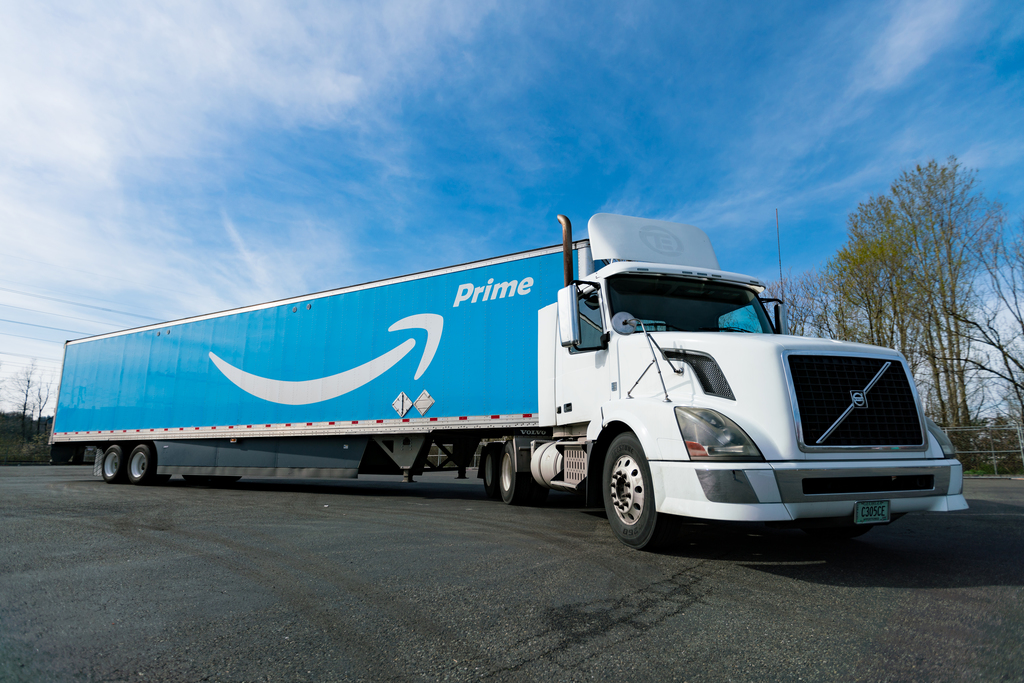| Home> | Industry Sector | >Distribution | >Amazon Logistics growing fast but so are costs |
| Home> | Industry Sector | >Retail/E-tail | >Amazon Logistics growing fast but so are costs |
Amazon Logistics growing fast but so are costs
06 February 2019
Consultancy Transport Intelligence analyses Amazon Logistics which launched last year.

The strategy provides Amazon a way to bolster its last mile delivery capabilities by encouraging entrepreneurs to form small last mile delivery companies for Amazon packages.
These start-ups, which can grow to operate a fleet of up to 40 delivery vehicles and employ up to 100 drivers under the scheme, also qualify for Amazon-subsidised assets and services, including vehicle leases and insurance.
Ti head of research Nick Bailey says: “Amazon’s faith the delivery technology its developed to manage the operations is such that it is offering the scheme to entrepreneurs with no experience in the logistics industry. Amazon’s strategy has seen it focus on increasing volumes to the extent to which it now controls vastly significant market shares of online retail markets home and abroad. In the US, its share is estimated at around 40%. To this end, the new last mile network aims to handle some of the volumes that it believes UPS, FedEx and USPS cannot.”
It’s also been an expensive process. Amazon reports both ‘shipping costs’ and ‘fulfilment costs’. Shipping costs are made up of the cost to Amazon of receiving products from suppliers and is included in inventory costs. In 2018, Amazon’s shipping costs totalled $27.7bn, a rise of 27.6% year-on-year and a near doubling of the $16.2bn in 2016. Fulfilment costs relate to Amazon’s expenditure in operating and staffing fulfilment centres, customer service centres, and physical stores worldwide as well as payment processing costs. Fulfilment costs in 2018 of $34bn were 34.8% higher year-on-year, and up 93.1% over the 2016 total.
- Online retail pioneer outlines logistics secrets to its success
- New Driver CPC system will bring more drivers into the industry
- Unipart warehouse redevelopment plans submitted
- Planning win for Midlands Midbox scheme
- Greenlight to convert offices to warehouse
- Refurbishment for Wolverhampton logistics park
- GXO signs global deal with 6 River Systems
- Companies prioritising stability says study
- Take up in warehouse space increases
- Increased pressures on UK supply chain










/GRABOMATIC LOGO-tn.jpg)
















